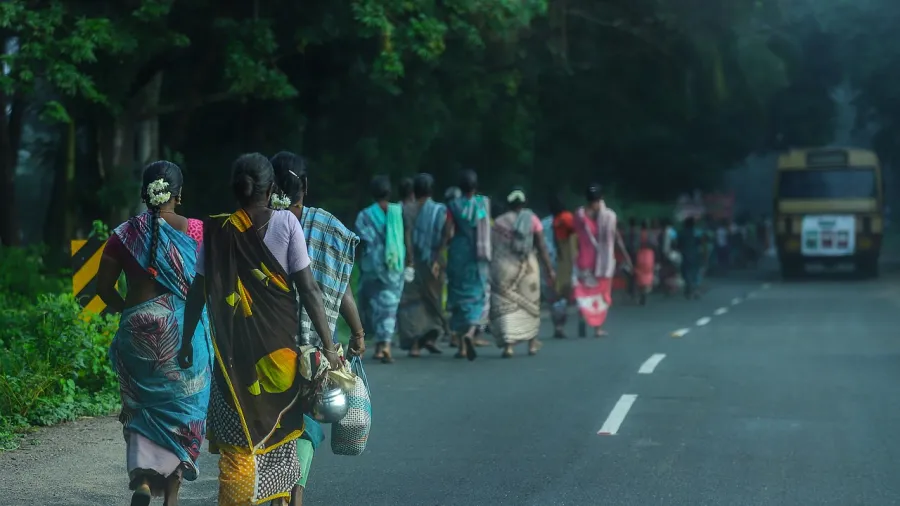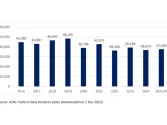
India’s life insurers post 5.1% growth in FY 2025 premiums
CareEdge said premium growth is expected to remain volatile.
India’s life insurance sector recorded steady growth in the fiscal year ending March (FY 2025), with New Business Premiums (NBP) rising 5.1% year-on-year (YoY) to Rs 3.97 lakh crore, just below the Rs 4 lakh crore threshold.
Annual Premium Equivalent (APE) increased 4.5% YoY in March, reversing a 4.1% YoY decline in the same month last year.
The growth was primarily driven by private sector insurers, whilst Life Insurance Corporation of India (LIC) saw a decline in key segments.
From FY 2023 to FY 2025, the industry posted a compound annual growth rate (CAGR) of 6.8%, led by private players with a 12.7% CAGR.
LIC, by contrast, registered a 2% decline. Individual non-single policies dropped 19.1% YoY to 41.9 lakh in FY 2025, indicating a shift in customer preference and structural changes in the product mix.
The growth figures reflect adjustments in sum assured and commission structures following the implementation of revised surrender value guidelines on 1 October.
The regulatory changes, combined with intensifying market competition, led to volatility across product categories in the latter half of the financial year. Group single premium growth was broadly flat in FY 2025.
Saurabh Bhalerao, associate director at CareEdge Ratings, noted that the industry’s 5.1% growth in FY 2025 compares with 2.0% in FY 2024 and a significantly higher 12% growth in FY 2023.
He added that private insurers largely offset the decline in LIC's group business.
The revised commission framework has also prompted insurers to increase focus on the agency channel, especially as banks emphasise deposit mobilisation.
Looking ahead, premium growth is expected to remain volatile in the short term, with a recovery anticipated in FY 2026 as regulatory changes begin to benefit consumers.
The proposed Insurance Amendment Act is expected to support market expansion by encouraging new entrants, whilst private insurers are expected to drive growth through broader geographic coverage and initiatives like the Bima Trinity.



















 Advertise
Advertise






